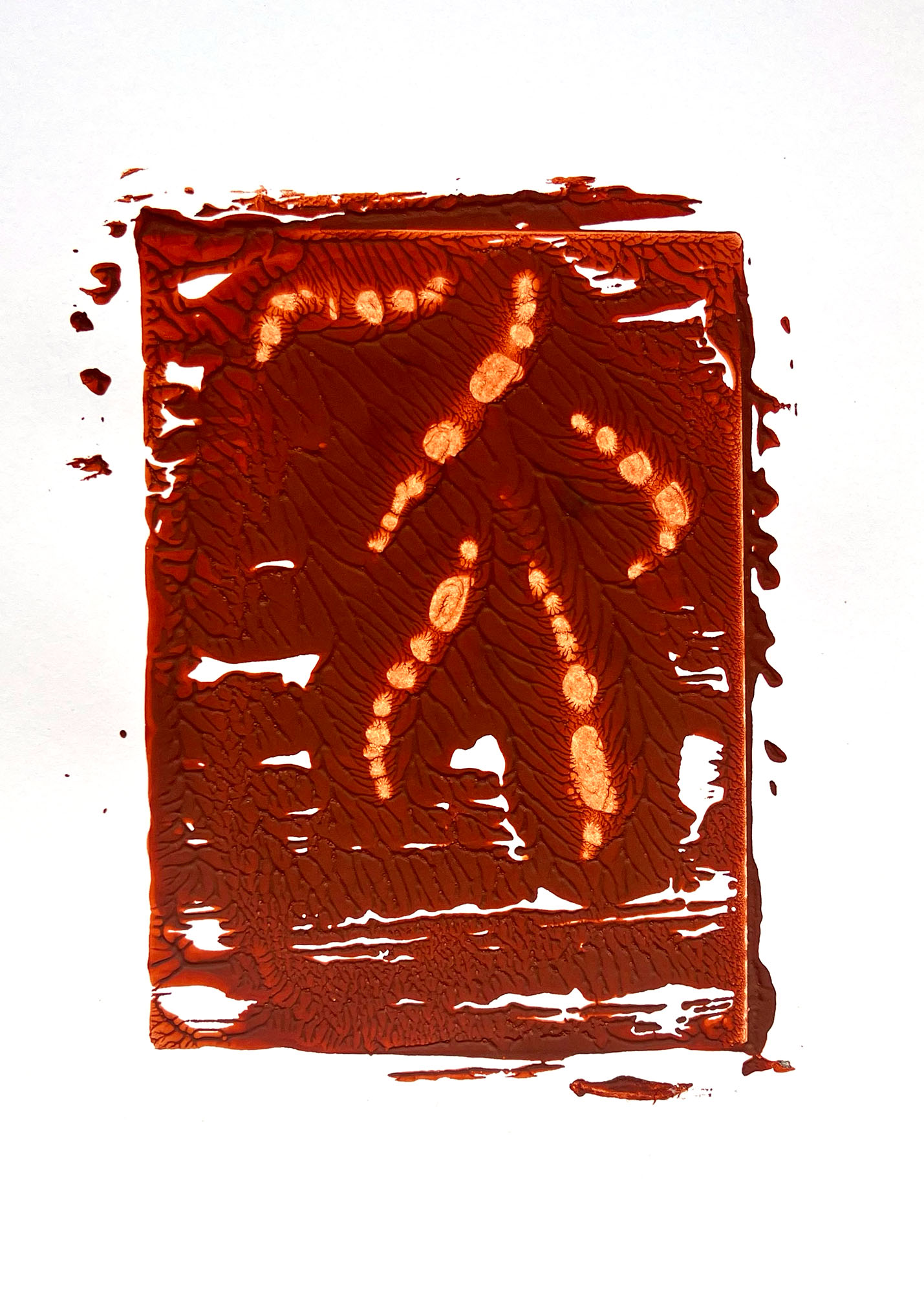Stings
Spoiler alert: In Sir Arthur Conan Doyle’s story ʻThe Adventure of the Lion’s Maneʼ, Sherlock Holmes reveals that the victim, who was found on the beach covered with red welts, was not at all whipped to death: the murderer was in fact a lion’s mane—a jellyfish scientifically known as Cyanea capillata. But is it really possible that a human could be killed by a lion’s mane? In this case, Sir Arthur Conan Doyle, who had pursued a medical career before becoming a writer, was guided by his imagination. Usually, Cyanea capillata‘s stings just present as local inflammation and swelling. Systematic reactions are not widely described, but nausea, sweating, abdominal pain, and muscular cramps may occur. However Doyle’s descriptions were not entirely fictional; there have been reports of fatal encounters with other species like the Portuguese man o’ war (Physalia physalis) and certain species of box jellyfish.
Sources: Trevett, A. et al., “Lion’s mane jellyfish (Cyanea capillata) envenoming presenting as suspected decompression sickness”, Diving Hyperb Med, vol. 49, issue. 1, (2019): 57–60.
Burnett, Joseph W. and Walter D. Gable, “A fatal jellyfish envenomation by the Portuguese man-o’war”, Toxicon, vol. 27, issue. 7, (1989): 823-824.
